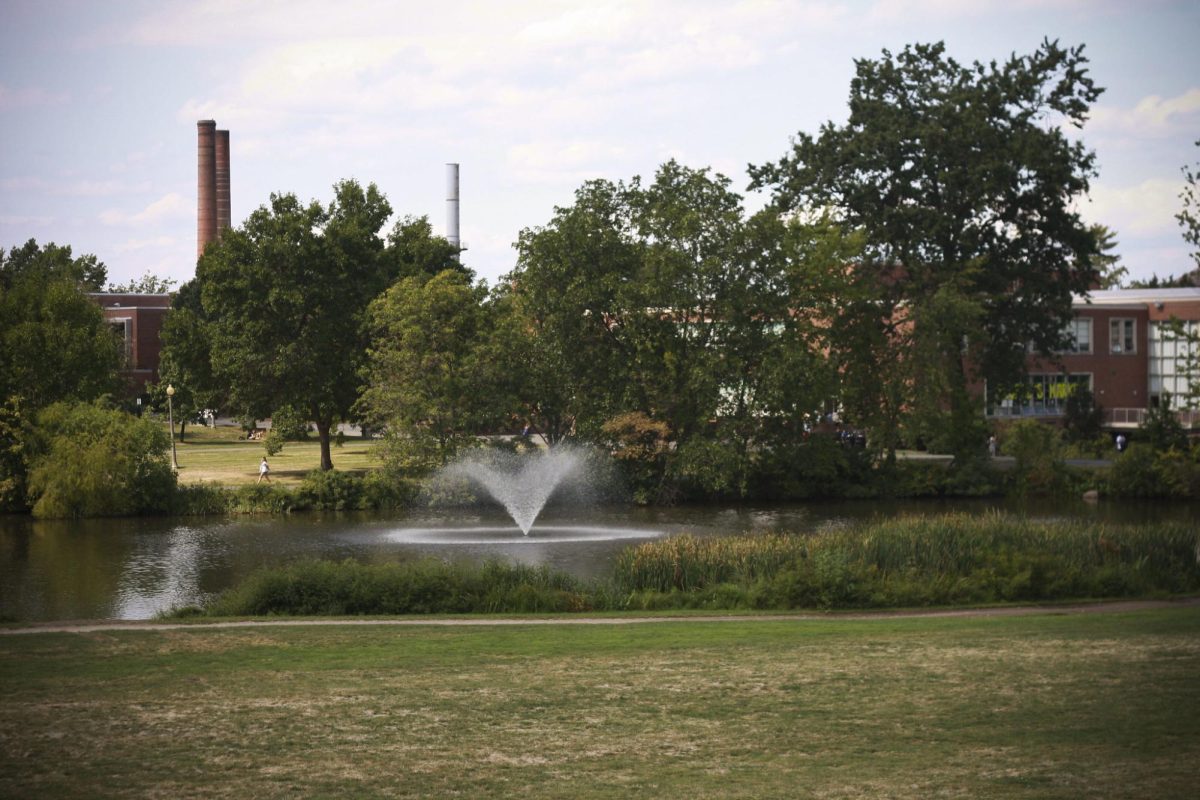Every time I take my annual trip to the doctor’s, I am reintroduced to the food pyramid, or – as it’s known nowadays – the food plate.
This got me thinking: is weight management really compatible with such a system? Not only do we have different rates at which we process food, but we have survived this far without diligently analyzing the nuts and bolts of diet management. In fact, hunter-gatherer societies have proven that it doesn’t take science to balance a diet; they have nowhere near the amount of “cancer, stroke, diabetes or high-blood pressure” that more “civilized” peoples do, according to Herman Beck of HolisticLocal.com.
Who’s to say milk is good for you and steak isn’t? Red meat is replete in protein, “B12, zinc, phosphorous, potassium, magnesium,” selenium and a type of iron known as heme that is much easier to digest than plant based iron, according to nutritionist Carolyn Brown of OneResult.com.
And technically, biologically speaking, humans are not supposed to have milk after infancy and beta-lactose from pasteurization stimulates hunger because it’s more soluble and therefore more easily absorbed, according to an excerpt from “Raw Milk vs. Pasteurized Milk” from RealMilk.com.
But at the same time, red meat bumps up cholesterol and milk provides calcium. There’s no such thing as a “bad” food and most of the food we consider “bad” is so due to human tampering.
If one takes a look at a traditional hunter-gatherer diet, it’s plain to see that nature has conveniently laid out a sophisticated balance of vitamins for us. The components of our ancestors’ diet consisted of just two groups: animals and plants. Specifically, they ate red meat, fish, fruit, nuts and roots. These foods, as archeological evidence suggests, were low in salt and so further decreased the risk of high blood pressure.
Such a diet also provides more calcium and fiber – which is believed to prevent against colon cancer – as well as protein and polyunsaturated fat from wild animals. Also with the absence of dairy and cereals, ancient societies had to work harder to find food high in nutrients.
Diseases prevalent today can manifest much later in life, but they can be managed thanks to advancements in medicine, a luxury our ancestors never had. But while this is true, our ancestors – due to the immense amount of work that went into securing food – were diminished of most medical needs as their immune systems were much more equipped to fight off common ailments.
This is not to say that their way of life was better or to advocate any “paleolithic type” diets. Rather, it’s to comment on how they weren’t self-conscious about nutrition – and didn’t have the tools to measure nutrition – yet they still maintained a healthy diet.
Is ignorance bliss? Maybe so, considering that only when we began to start making our own food did things start to go wrong. And now, according to the National Obesity Trends, “about one-third of U.S. adults (33.8 percent)” and “approximately 17 percent (or 12.5 million) of children and adolescents” are obese. Are these numbers going to get higher or will this just be considered “the norm” after a while?
The ubiquity of obesity in the United States, as compared to Renaissance times, is enough so that it is categorized as a “disease.” Maybe modernization, in the name of progress, contributes to our demise. At least before all of this progress, we had our health.
Alexa Jones is a Collegian columnist. She can be reached at [email protected].












